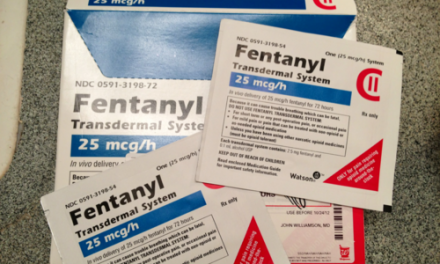This is by way of follow-up to a piece we did back in March on the search for a standard to apply to cannabis-impaired drivers.
Apparently the issue is even more complicated than I thought. The problem: Edible cannabis.
Here’s the Washington Post’s article: “Everyone agrees ‘driving while high’ is bad. But what does that even mean?“
It would be great if science could come up with an objective standard along the lines of BAL, not just for the millions of so-called “recreational” pot smokers, but for the hundreds of thousands on medical marijuana programs. In our state, for instance, there are some 40,000 patients and a fast-expanding waitlist. Many of those patient use edibles. Presumably, they drive cars and trucks too.
Apparently efforts that rely on a traditional blood measure– the usual is 5 nanograms of THC per milliliter of blood– do not accurately reflect the adverse impact of cannabis absorbed through the stomach.
Recent studies indicate that consumption of cannabis brownies like those sold for both medical and recreational use does in fact cause significant decline in attentiveness, coordination, and concentration– at levels well below the standard set for the test. In short, it looks as if somebody can be stoned out of his gourd, presumably unfit to drive, and still pass the proposed blood test.
That’s not good.
And then there’s the issue of ‘false positives’ due to the extended persistence of THC in the body. In that instance, an elevated blood level could reflect previous use, not current impairment.
So where does that leave us? Without a reliable standard.
From a public health standpoint, the problem of false negatives, where the impaired driver exhibits low levels on blood tests, is more serious. But nobody wants to wrongly convict on the basis of false positives, either.
A fallback solution might be the sort of behavioral test used for many years by law enforcement with alcohol– walk a straight line, etc. Those tests are subjective and bound to generate objections, which is probably why they were replaced by blood levels in the first place.













